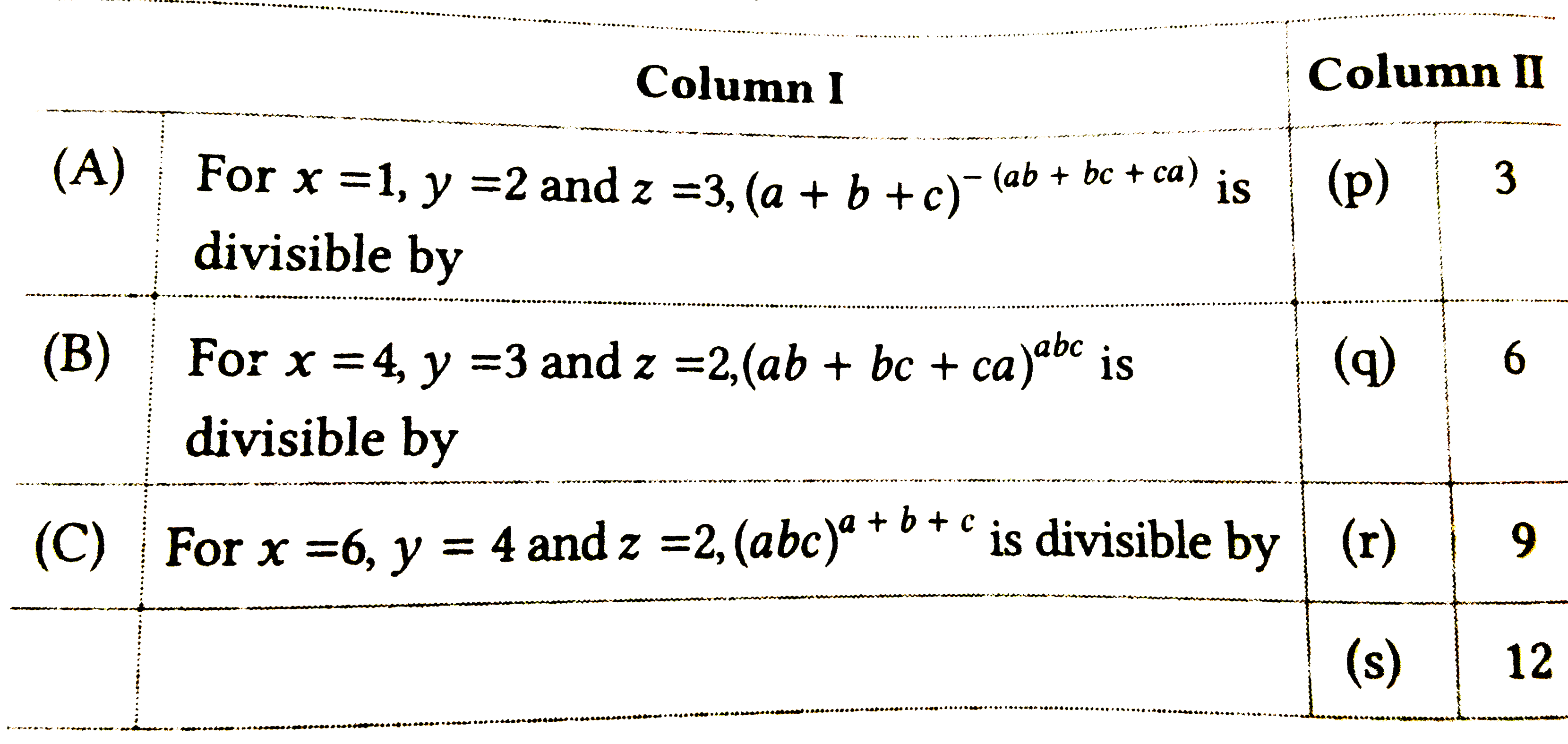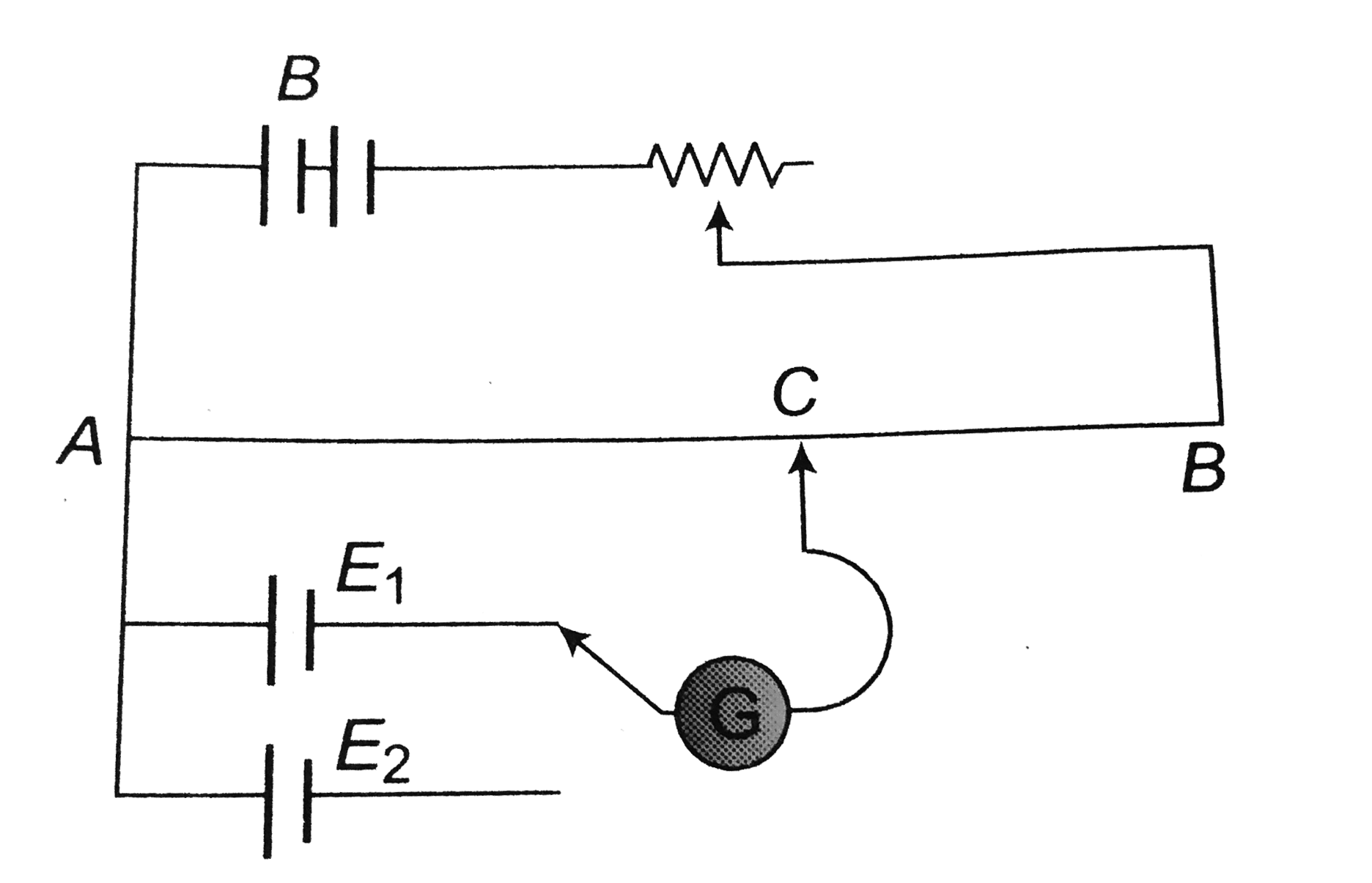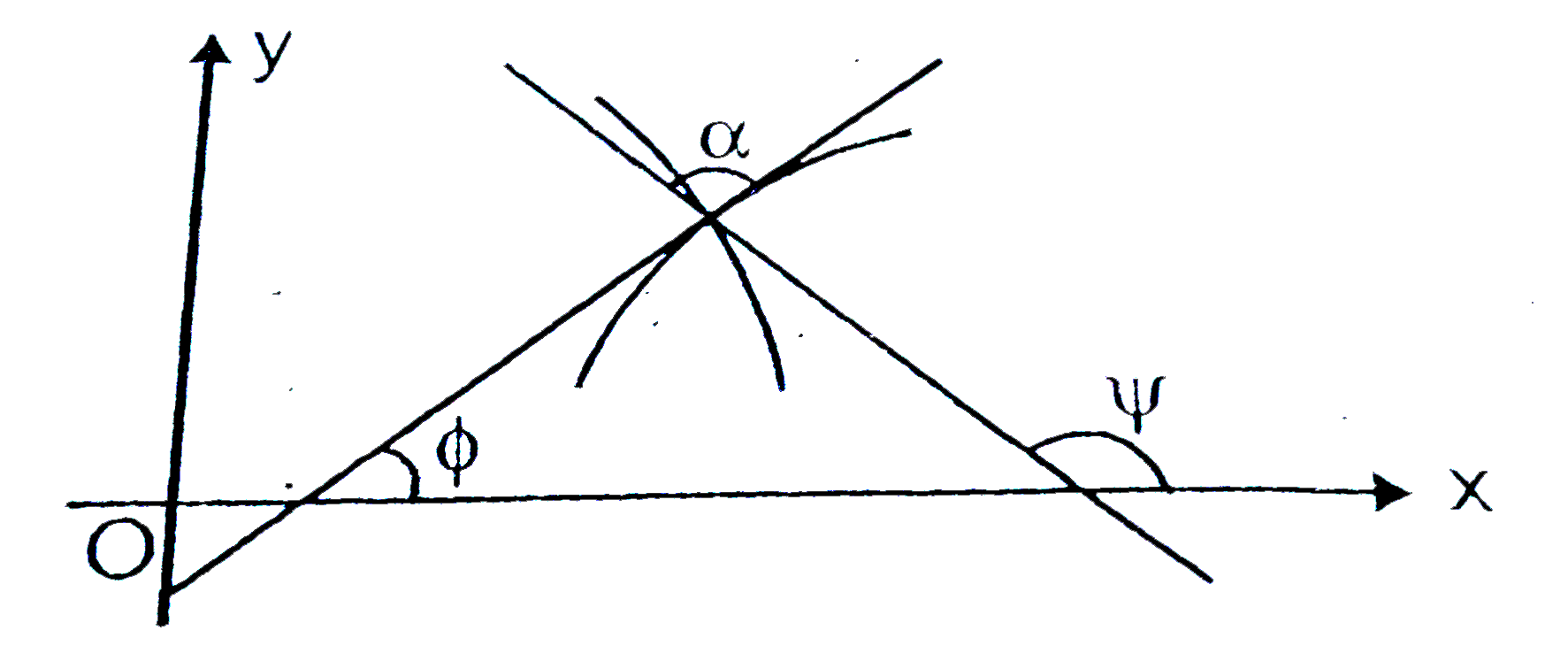In the Z-scheme of e− transport , PSII and PSI are connected by
NADPH
ATP
photos
Electron transport chain
The correct Answer is:D
Step-by-Step Solution:
1. Understanding the Z-scheme: The Z-scheme is a model that describes the light-dependent reactions of photosynthesis, specifically how electrons are transferred through two photosystems: Photosystem II (PSII) and Photosystem I (PSI).
2. Role of Photosystems: In the Z-scheme, PSII absorbs light energy, which excites electrons. These high-energy electrons are then transferred to PSI.
3. Connection Between PSII and PSI: The electrons that are excited in PSII are not directly transferred to PSI. Instead, they pass through a series of proteins and molecules known as the electron transport chain.
4. Electron Mediators: The electron transport chain consists of various electron mediators that facilitate the transfer of electrons from PSII to PSI. These mediators include plastoquinone, cytochrome b6f complex, and plastocyanin.
5. Final Answer: Therefore, in the Z-scheme of electron transport, PSII and PSI are connected by the electron transport chain.
Final Answer: The correct answer is the electron transport chain.
---
Topper's Solved these Questions
- PHOTOSYNTHESIS IN HIGHER PLANTS BOOK - AAKASH SERIESCHAPTER - PHOTOSYNTHESIS IN HIGHER PLANTS EXERCISE - Exercise - II
33 Videos
- PHOTOSYNTHESIS IN HIGHER PLANTS BOOK - AAKASH SERIESCHAPTER - PHOTOSYNTHESIS IN HIGHER PLANTS EXERCISE - Exercise - III
27 Videos
- ORGANISMS AND POPULATIONSBOOK - AAKASH SERIESCHAPTER - ORGANISMS AND POPULATIONSEXERCISE - EXERCISE-III (PREVIOUS AIPMT/NEET QUESTIONS)
35 Videos
- PLANT GROWTH AND DEVELOPMENT BOOK - AAKASH SERIESCHAPTER - PLANT GROWTH AND DEVELOPMENT EXERCISE - EXERCISE -III (PREVIOUS AIPMT/NEET QUESTIONS)
27 Videos
Similar Questions
Knowledge Check
During Z scheme, electrons excited by absorption of light if PS I are transferred to the primary acceptors, and tehrefore must bereplaced. The replacements come directly form
ANADPBATPCPS IIDWater.
Suppose a, b and c are distinct and x,y and z are connected by the system of eqations x+ay+a2z=a3,x+by+b2z=b3andx+cy+c2z=c3.

View SolutionThe circuit shown here is used to compare the e.m.f. of the two cells E2(E)1>E2. The null point is at C when the galvanometer is connected to E1. When the galvanometer is connected to E2, the null point will be

View SolutionThe circuit shown here is used to compare the e.m.f. of the two cells E2(E)1>E2. The null point is at C when the galvanometer is connected to E1. When the galvanometer is connected to E2, the null point will be

View SolutionLet the trajectories cut the crve of given family at an angle α where tnaα=k.
The slope dydx=tanΨ (of the tangent to a member of the family and the slope dyTdx=tanΦ to the isogonal trajectory are connected by the relationship

tanϕ=tan(Ψ−α)=tanΨ−tanα1+tanαtanΨ
i.e., dydx=(dyTdx)−kkdyTdx+1
Substituting this expression into equation, (l') and dropping the subscript T, we obtain the differential equation of isogonal trajectories.
The isogonal trajectories of a family of straight lines y = c, that cuts the given family at angle α, the tangent of which is k, is
View SolutionIf θ is real and z1,z2 are connected by z12+z22+2z1z2cosθ=0, then prove that the triangle formed by vertices O,z1andz2 is isosceles.
View SolutionIf θ is real and z1,z2 are connected by z12+z22+2z1z2cosθ=0, then prove that the triangle formed by vertices O,z1andz2 is isosceles.
View SolutionIf θ is real and z1,z2 are connected by z12+z22+2z1z2cosθ=0, then prove that the triangle formed by vertices O,z1andz2 is isosceles.
View Solution
